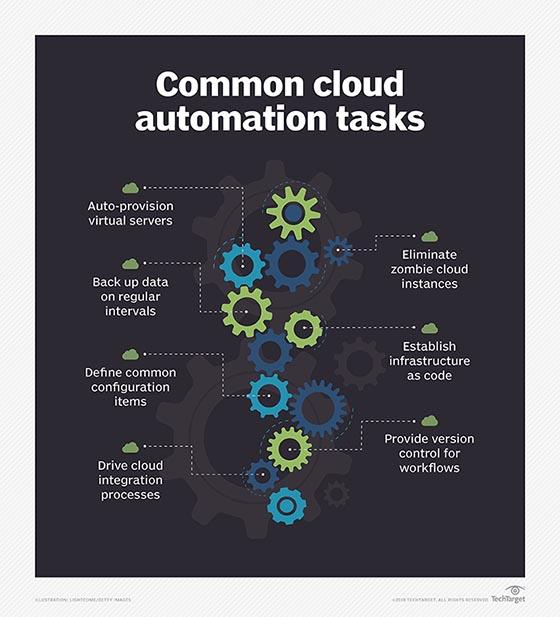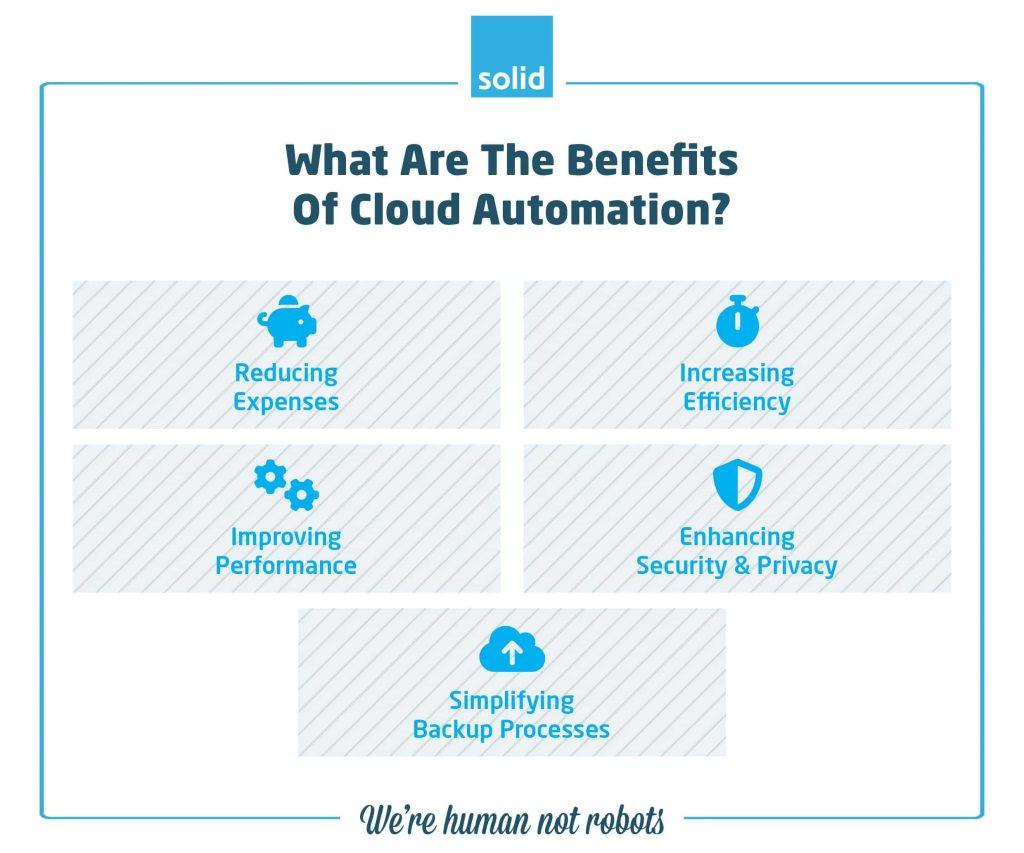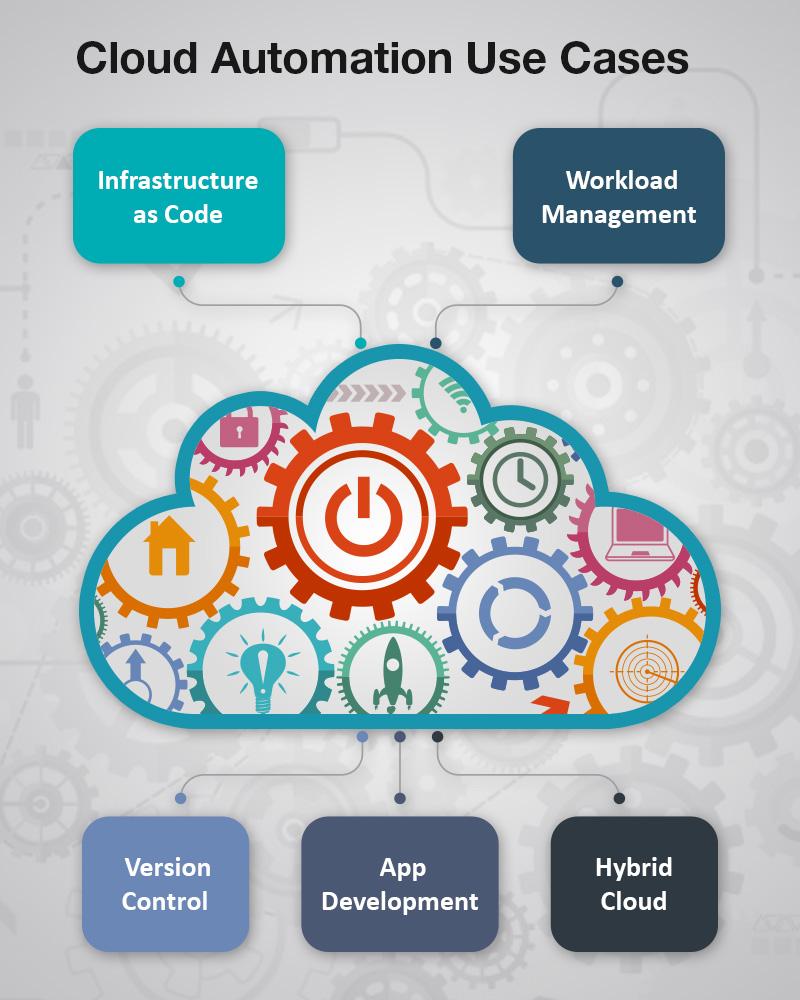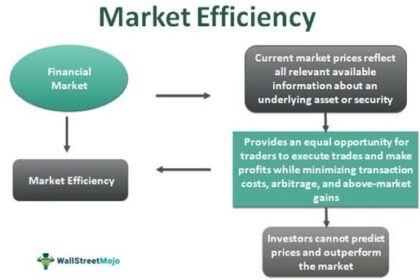In a world where time is a precious commodity, businesses find themselves in a relentless pursuit of efficiency. Enter cloud-based automation—the digital revolution’s answer to age-old challenges in workflow management. As organizations increasingly look to streamline operations, the capabilities of cloud technology are transforming traditional processes into agile, automated systems. This article delves into the ascent of cloud-based automation, exploring its impact on productivity, the challenges it addresses, and the innovative solutions it offers. Join us as we unlock the potential of this dynamic nexus between the cloud and automation, paving the way for a future where efficiency knows no bounds.
Exploring the Fundamentals of Cloud-Based Automation
Cloud-based automation stands at the forefront of technological innovation, providing organizations with tools to streamline operations and enhance productivity. By leveraging the power of cloud computing, businesses can automate repetitive tasks, minimize human error, and allocate resources more effectively. This paradigm shift allows for the integration of scalable solutions and real-time data analysis, enabling companies to react swiftly to market changes and customer needs. Among the essential components of cloud automation are:
- Workflow Automation: Creating automated workflows reduces time spent on manual tasks.
- Data Integration: Seamlessly integrating data from multiple sources facilitates informed decision-making.
- Monitoring and Reporting: Real-time monitoring helps track performance and efficiency, leading to quick adjustments.
The transition to cloud-based automation not only enhances operational efficiency but also fosters collaboration across teams. With tools available in the cloud, teams can collaborate on projects from anywhere in the world, breaking geographical barriers and encouraging diverse input. Additionally, the pay-as-you-go model associated with cloud services allows organizations to scale their automation efforts according to their evolving needs without substantial upfront investments. Here’s a brief comparison of traditional vs. cloud-based automation:
| Feature | Traditional Automation | Cloud-Based Automation |
|---|---|---|
| Cost | High upfront investment | Pay-as-you-go model |
| Scalability | Limited scaling options | Highly scalable |
| Accessibility | On-premise access | Access from anywhere |

Transforming Workflows: Benefits and Best Practices
Cloud-based automation is revolutionizing how teams manage their daily workflows, offering unprecedented opportunities for efficiency and collaboration. By integrating cloud technologies, organizations can streamline processes, allowing for real-time access to critical information from any location. This has led to a significant reduction in operational bottlenecks and improved communication across departments. Key advantages include:
- Increased Flexibility: Teams can adapt processes quickly to changing demands without the need for extensive software modifications.
- Scalability: Businesses can easily upscale operations based on project needs without heavy upfront investments.
- Enhanced Collaboration: Real-time updates ensure all team members are on the same page, fostering teamwork and innovation.
To maximize the benefits of cloud-based automation, organizations should adopt best practices that align with their unique environments. First, it’s essential to define clear objectives; understanding what you want to achieve will guide your automation strategy effectively. Next, prioritizing user training not only enhances adoption rates but also ensures that teams are equipped to utilize the new tools efficiently. regular evaluation of workflows and outcomes is critical, allowing for continuous improvement and adjustments. Below is a simple table summarizing these best practices:
| Best Practice | Description |
|---|---|
| Define Objectives | Set clear goals to guide your automation initiatives. |
| User Training | Invest in training to boost adoption and skill levels. |
| Regular Evaluation | Review workflows periodically for continuous enhancement. |

Key Technologies Driving Cloud Automation Forward
As organizations increasingly migrate to the cloud, several innovative technologies are paving the way for enhanced automation capabilities. Artificial Intelligence (AI) and Machine Learning (ML) are at the forefront, enabling systems to learn from data patterns and make autonomous decisions. With these technologies, businesses can automate routine tasks, optimize resource allocation, and improve response times. Moreover, Serverless Computing allows developers to focus on code without the hassle of managing infrastructure, which reduces overhead and accelerates application deployment. Integrating these tools creates a robust ecosystem that adapts dynamically to business needs.
Additionally, Infrastructure as Code (IaC) is redefining how IT environments are provisioned and managed. By treating infrastructure setup and management as software development, teams can automate infrastructure deployment and modifications, significantly decreasing the likelihood of human error. Alongside this, API Integration fosters seamless communication between different cloud services and applications, amplifying automation potential. Utilizing these technologies leads to notable advantages, including:
- Cost Efficiency: Reduces operational and maintenance costs.
- Scalability: Easily adjusts to project demands.
- Speed: Accelerates development cycles and time to market.
| Technology | Benefit |
|---|---|
| AI & ML | Autonomous decision-making |
| Serverless Computing | Focus on code, less infrastructure management |
| Infrastructure as Code | Automated and error-free provisioning |
| API Integration | Enhanced communication and automation workflows |

Strategic Considerations for Successful Implementation
Implementing cloud-based automation successfully requires a clear understanding of both organizational goals and the capabilities of the cloud technologies employed. Organizations should embark on this journey by evaluating their existing processes to identify areas where automation can provide the most significant efficiency gains. Key considerations include:
- Alignment with Business Objectives: Ensure the automation initiatives support broader business goals and enhance overall productivity.
- Scalability: Choose solutions that can easily scale with your organization’s growth, avoiding future constraints.
- Integration: Prioritize systems that can seamlessly integrate with existing infrastructure to minimize disruption.
Moreover, stakeholder buy-in is crucial for fostering a culture conducive to change. Establishing clear communication channels and training programs will help mitigate resistance and empower teams to embrace automated processes. In addition, organizations should consider the following strategic elements:
| Strategic Element | Description |
|---|---|
| Change Management | Develop protocols for addressing employee concerns and managing transitions effectively. |
| Performance Metrics | Establish clear KPIs to measure the impact of automation and guide ongoing improvements. |
In Summary
As we draw the curtain on our exploration of cloud-based automation, it becomes clear that we stand on the precipice of a new era in efficiency. The seamless integration of these technologies promises not only to enhance productivity but also to foster innovation across industries. As businesses continue to embrace the cloud, the potential for streamlined operations, enhanced collaboration, and transformative solutions expands exponentially.
While the journey to complete digital transformation may still hold challenges, the advantages offered by cloud-based automation are undeniable. With an eye toward the future, organizations that harness this power will not only unlock efficiency but will also pave the way for agile, resilient operations that can adapt to the ever-evolving landscape of the modern marketplace.
In the coming years, as we witness the evolution of technology, it will be fascinating to see how cloud-based automation reshapes our work environments and influences the very fabric of our industries. The key lies not just in adopting these tools, but in embracing the mindset of continuous improvement that they inspire. As we venture forward, let us remain curious and open-minded, ready to explore the possibilities that await in this brave new world of automation.



